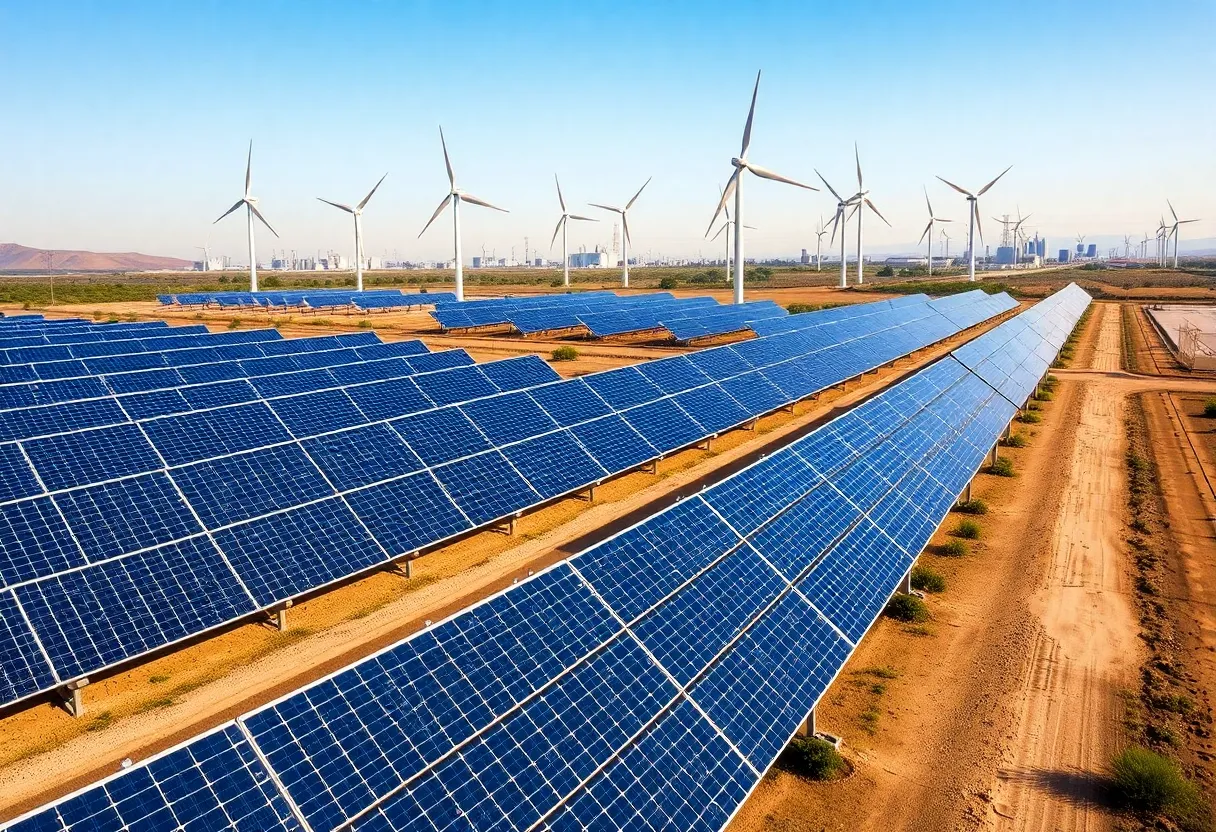News Summary
California is addressing its energy crisis by exploring its underutilized thermal capacity, which could potentially add up to 53 GW of clean energy. With a significant portion of gas-powered capacity operating below efficiency, this presents an opportunity for optimizing energy generation. A recent report underscores the benefits of leveraging surplus interconnections and battery storage to enhance California’s energy output, as the demand for electricity surges in key sectors. While challenges exist, effective strategies could create a more sustainable and affordable energy landscape for the state.
California’s Underutilized Thermal Capacity Presents Opportunity for Expanding Renewable Energy Generation
California is currently facing a potential energy expansion through its underutilized thermal capacity, with approximately 16 gigawatts (GW) of gas-powered capacity operating below a 15% capacity factor. This underperformance opens the door for an increase of up to 53 GW in clean energy capacity, including wind and solar, through the use of surplus interconnections alongside 23 GW of battery storage.
According to a recent report from Berkeley researchers, taking advantage of this surplus interconnection could nearly double California’s installed generation capacity, which currently stands at 89 GW as of 2024. The report features an interactive map illustrating the available surplus interconnection and identifies numerous renewable and fossil fuel generators that are not fully utilizing their existing interconnections.
A specific focus of the report is the underperformance of gas-powered peaker plants, which are currently running at 15% capacity or less. Experts suggest that by strategically adding solar and wind energy infrastructure near these idle gas plants, California could rapidly enhance its energy output and improve overall efficiency.
The California Independent System Operator (CAISO) currently has 230 GW of resources queued for interconnection; however, only about 60 GW has received “deliverability” status. While CAISO has acknowledged the potential benefits of surplus interconnections, there remains a significant lack of interest from developers to pursue these opportunities actively.
In light of climbing electricity rates and a congested interconnection queue, California’s energy landscape presents many challenges and competitive dynamics. The average cost of electricity in California is the highest in the continental United States, currently sitting at 30.22 cents per kilowatt hour. Factors contributing to these rising costs include California’s rigorous green energy policies, which have drawn scrutiny over their impact on energy affordability—particularly for lower-income households.
The demand for electricity in California is expected to rise significantly in the near future, particularly from burgeoning sectors such as artificial intelligence and data centers. This increasing demand threatens to place even more pressure on the state’s energy resources, creating a critical need for both immediate and long-term energy strategies.
Furthermore, there is an ongoing debate regarding the balance between renewable energy sources and fossil fuels in California’s energy plans. While some experts support the expansion of renewable energy as a way to improve efficiency and sustainability, others caution that direct comparisons between the costs associated with gas plants versus renewables may not be entirely accurate or fair.
Despite California’s commitment to transitioning toward a cleaner energy landscape, careful consideration is required to navigate the complexities of energy production and distribution. By effectively tapping into the state’s underutilized thermal capacity and surplus interconnections, California has the potential to create a more resilient, environmentally friendly, and economically viable energy future.
Deeper Dive: News & Info About This Topic
- Utility Dive: California’s Underutilized Thermal Capacity
- Los Angeles Times: California and Renewables
- PV Magazine: Solar Power Curtailment in California
- Governing: Renewable Electricity in 2024
- Fierce Healthcare: Kaiser Permanente’s Renewable Energy Microgrid
- Wikipedia: Renewable Energy in California
- Google Search: California renewable energy
- Google Scholar: California energy policies
- Encyclopedia Britannica: Renewable Energy
- Google News: California energy

Author: STAFF HERE BEVERLY HILLS WRITER
The Beverly Hills Staff Writer represents the experienced team at HEREBeverlyHills.com, your go-to source for actionable local news and information in Beverly Hills, Los Angeles County, and beyond. Specializing in "news you can use," we cover essential topics like product reviews for personal and business needs, local business directories, politics, real estate trends, neighborhood insights, and state news affecting the area—with deep expertise drawn from years of dedicated reporting and strong community input, including local press releases and business updates. We deliver top reporting on high-value events such as the Rodeo Drive Concours d'Elegance, the Beverly Hills artSHOW, Concerts on Canon, and holiday celebrations throughout the city. Our coverage extends to key organizations like the Beverly Hills Chamber of Commerce and Visit Beverly Hills, plus leading businesses in luxury fashion, hospitality, and entertainment that drive the local economy. As part of the broader HERE network, including HERELosAngeles.com, HERESantaAna.com, HEREHuntingtonBeach.com, and HERECostaMesa.com, we provide comprehensive, credible insights into Southern California's dynamic landscape.





